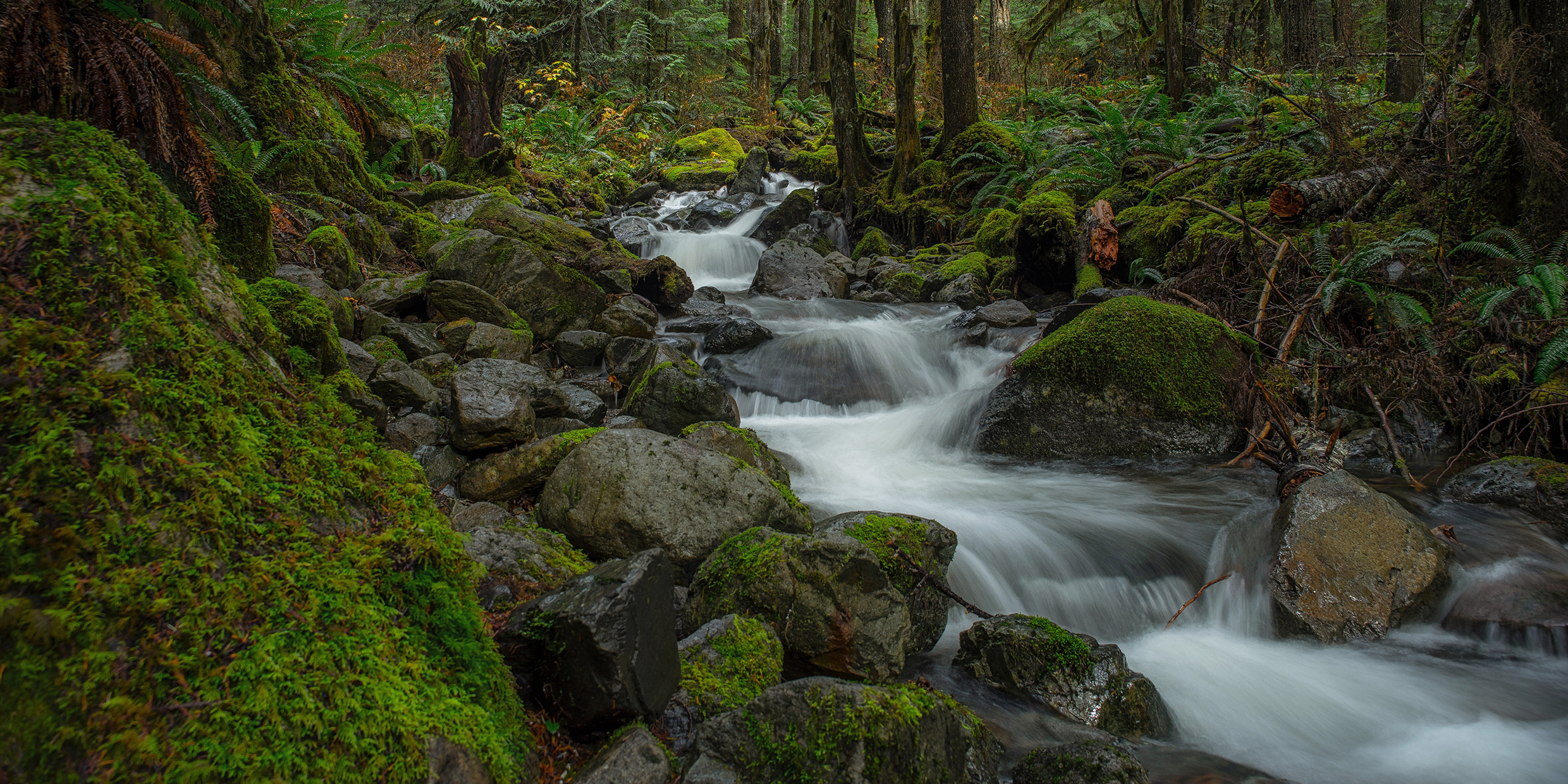Originally published 16 October 1995
Annie Dillard’s Pilgrim at Tinker Creek may be the most popular nature book of the late 20th century.
First published in 1974, it won a Pulitzer Prize that year. You can still find it in your bookstore in a handsome Harper’s Perennial edition. It’s one of those books that each generation of young people discovers on its own.
Dillard goes searching for the mystery and meaning of creation among the mountains of Virginia’s Blue Ridge. Her book is part nature journal, part speaking in tongues. She is a mystic seeking God in the mountains, the creek, the muskrat, the cedar tree, the egg cases of the praying mantis.
Pilgrim at Tinker Creek is gloriously over the top, beyond purple into the ultraviolet. “I am an explorer, and I am also a stalker…the instrument of the hunt itself,” she writes in the first chapter; “I am the arrow shaft, carved along my length by unexpected lights and gashes from the very sky, and this book is the straying trail of blood.”
Annie Dillard strays along Tinker Creek like an ambulatory lightning rod, attracting bolts from the blue, cosmic sizzles. One might reasonably expect to see her body charred like a cajun steak. The early Seventies were full of excess, passion, moral sizzle. The universe seemed full of contention between good and evil. Or was it order and chaos? Never mind, in those days we all imagined ourselves to be instruments of higher powers, stalkers of tangled banks. The very existence of a livable cosmos seemed to depend upon our actions.
“I have been bloodied and mauled, wrung, dazzled, drawn,” she writes; “power broods, spins, and lurches down. The planet and power meet with a shock. They fuse and tumble, lightning, ground fire; they part, mute, submitting, and touch again with hiss and cry.”
All of these spiritual pyrotechnics in a quiet backwater valley! It was too much. It was a revelation. Back then we were reading nature writers like Edwin Way Teale and Hal Borland, gentlemanly writers, precise in their observations, reticent in their persons.
Then along came Dillard—a gushing, gaping, no-holds-barred mystic, Julian of Norwich with leather boots and a walking stick. Her natural world was a place of gorgeous and gory excess, neither good nor bad, but utterly and frighteningly different from ourselves. In Dillard’s fiery vision, a clump of grass can be a continent more physically terrifying that the darkest malarial jungle, more spiritually intimidating than St. John of the Cross’s dark night of the soul.
A giant water bug in Tinker Creek sucks the guts out of a frog and Dillard sees the whole bloody cosmos go down that arthropodal gullet. A huge polyphemus moth hatches in a bottle too small to contain its spread wings and she sees a biblical Behemoth straining against the glassy confines of creation.
We were dazzled, hooked, carried along. Dillard’s nature was overbrimming with moral paradox, and we had developed a taste for moral paradox. The Vietnam War was winding down. Watergate and Wounded Knee sputtered final sparks of an incandescent decade. We needed something into which to decant our passion. For some of us, nature became the receptacle, and Pilgrim at Tinker Creek showed the way.
That was then, this is now. Reading the book again 21 years later is a rather different experience. Dillard’s headlong style is exhausting. Her rhapsodies seems vaguely hollow, as if all those bloody trails led nowhere. I wonder if even the author might now be a little abashed by her early extravagance.
Maybe it’s my age, maybe it’s the times, but these days I look for rest and assurance in nature, not moral paradox. For me, Annie Dillard’s book has lost much of its earlier attraction, like a luminous vial of radioactive salts after many half-lives.
But Pilgrim at Tinker Creek remains deservedly in print, a classic of its genre, and I happily include in on reading lists for my students. It is good for them to experience the enthusiasms of their parents’ generation, good also to experience a work of such un-Nineties-ish exuberance.
What Dillard was up to in the early Seventies is as important now as it ever was. If wild nature is to survive the 21st century, then we must see it as something more than merely pretty. We must see it shot through with the sacred, or, in Dillard’s words, with “a power that is unfathomably secret, and holy, and fleet.”
For all of her ultraviolet prose, she was on to an important truth. We are all pilgrims in a world that is emphatically not our own, but upon which we utterly depend. Nature is the wax and wick and we are the flame.



